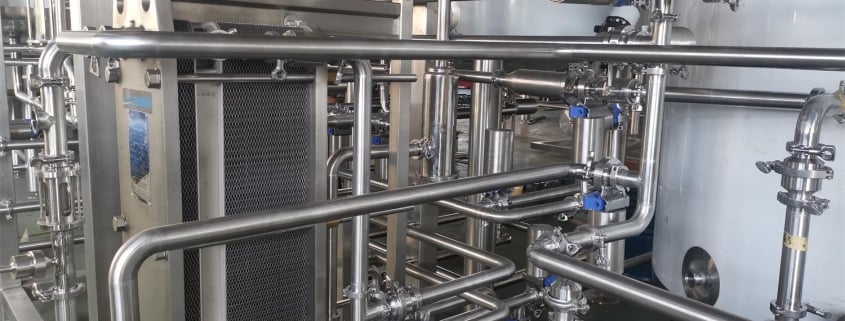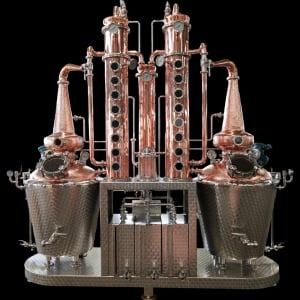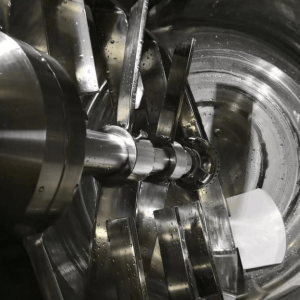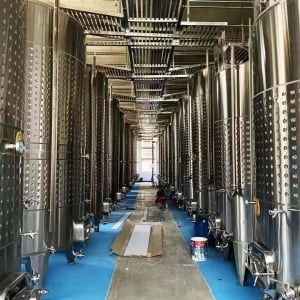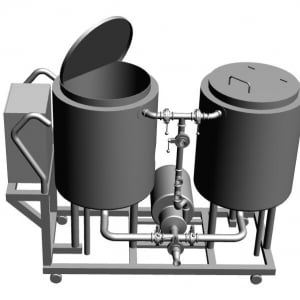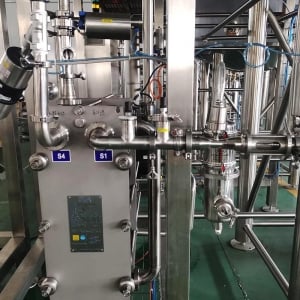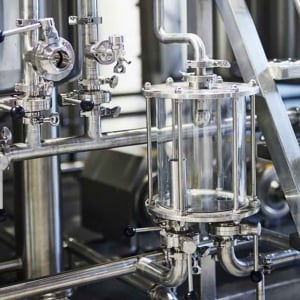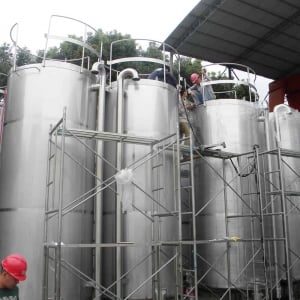Understanding the Market for Small Brewery Equipment
Introduction
Starting a small brewery is more than just a passion project; it’s a business that requires careful planning, the right equipment, and a deep understanding of the brewing process. Whether you’re a seasoned brewer looking to upgrade your current setup or a newcomer to the craft beer scene, finding the right small brewery equipment for sale is crucial. This guide will walk you through everything you need to know—from choosing the right equipment to setting up your brewery for success.
Overview of Small Brewery Equipment
Small brewery equipment encompasses a wide range of tools and machines designed to brew craft beer on a smaller scale. The term “small” can be subjective, but it generally refers to breweries that produce anywhere from a few hundred to several thousand barrels of beer per year.
Key components typically include:
- Brewhouse: The heart of the brewery where mashing, boiling, and wort production occur.
- Fermentation Tanks: Where the magic happens—yeast converts sugars into alcohol.
- Brite Tanks: Used for secondary fermentation, carbonation, and maturation of the beer.
- Packaging Equipment: Machines for bottling, canning, or kegging the finished product.
Each piece of equipment plays a critical role in the brewing process, and the size, capacity, and functionality of these components will vary based on your specific needs.

What to Look for in Small Brewery Equipment
When searching for small brewery equipment for sale, it’s important to consider several factors:
- Material Quality: Stainless steel is the industry standard due to its durability, ease of cleaning, and resistance to corrosion.
- Capacity: Choose equipment that matches your production goals. This will be determined by your expected output in barrels per year.
- Automation: Depending on your budget and expertise, you might opt for fully automated systems or manual setups that offer more control.
- Scalability: Consider whether the equipment can grow with your business. Can you add on more tanks or upgrade to a larger brewhouse without starting from scratch?
Brewing Process Overview
The brewing process involves several key stages, each requiring specific equipment:
- Milling and Mashing: The grain is milled to break it open, then mixed with hot water in the mash tun to convert starches into sugars.
- Boiling: The wort is boiled to sterilize it and extract flavors from hops.
- Fermentation: Yeast is added to the wort in fermentation tanks, where it ferments the sugars into alcohol.
- Conditioning and Packaging: The beer is conditioned in brite tanks, carbonated, and then packaged for distribution.
Comparing Equipment Types
When deciding on the type of equipment to purchase, it’s essential to compare your options. Below is a table summarizing different types of small brewery equipment, including their features and typical uses.
| Equipment Type | Description | Material | Capacity Range | Automation Level |
|---|---|---|---|---|
| Brewhouse | Mashing, boiling | Stainless steel | 1-50 BBL | Manual to Fully Automated |
| Fermentation Tanks | Primary fermentation | Stainless steel | 1-100 BBL | Semi-Automated |
| Brite Tanks | Carbonation, maturation | Stainless steel | 1-100 BBL | Semi-Automated |
| Packaging Equipment | Bottling, canning | Stainless steel | Varies | Semi-Automated |
Capacity, Space, Design, Layout, and Customization
The design and layout of your brewery are just as important as the equipment you choose. Proper planning will ensure efficient workflow and optimal use of space.
- Capacity: As mentioned earlier, your equipment’s capacity should align with your production goals. Overestimating your needs could lead to unnecessary costs, while underestimating could hinder growth.
- Space Requirements: Small breweries require careful consideration of space. Tanks need to be arranged to allow for easy access and maintenance, and you’ll need enough room for storage, packaging, and possibly a tasting area.
- Design and Layout: The layout should facilitate a smooth brewing process, with ingredients and equipment arranged logically. Many brewers opt for a linear or U-shaped layout.
- Customization: Customization allows you to tailor the equipment to your specific brewing style. This could mean adding extra ports for hops, customizing the tank shape, or integrating advanced control systems.
Supplier and Price Range Considerations
Choosing the right supplier is key to obtaining high-quality equipment at a reasonable price. Here’s a table summarizing various suppliers, their specialties, and the price ranges you can expect.
| Supplier | Specialty | Price Range | Location | Warranty/Support |
|---|---|---|---|---|
| Supplier A | Custom brewhouses | $50,000 – $200,000 | USA | 2 years, 24/7 support |
| Supplier B | Fermentation tanks | $10,000 – $100,000 | Europe | 1 year, online support |
| Supplier C | Packaging equipment | $5,000 – $50,000 | Asia | 6 months, parts only |
Installation, Operation, and Maintenance
The successful operation of a small brewery depends on proper installation, operation, and ongoing maintenance of the equipment.
- Installation: Professional installation is recommended to ensure all components are correctly set up. This typically involves connecting tanks, configuring control systems, and setting up packaging lines.
- Operation: Day-to-day operation should be straightforward if your equipment is user-friendly. Consider investing in staff training to minimize errors and improve efficiency.
- Maintenance: Regular maintenance is essential to keep your brewery running smoothly. This includes cleaning tanks, checking seals, and ensuring all moving parts are lubricated and functioning.
How to Choose the Right Supplier
Selecting the right supplier involves more than just comparing prices. Consider these factors:
- Reputation: Look for suppliers with positive reviews and a history of satisfied customers.
- Support and Warranty: A good warranty and reliable customer support can save you time and money in the long run.
- Customization Options: If you have specific requirements, make sure the supplier can accommodate custom orders.
- Delivery Times: Fast and reliable delivery is essential to avoid delays in setting up your brewery.
Advantages and Limitations of Small Brewery Equipment
To help you decide if small brewery equipment is right for you, here’s a table comparing the advantages and limitations.
| Advantages | Limitations |
|---|---|
| Scalability: Can grow with your business | Cost: High initial investment |
| Flexibility: Customizable to your brewing style | Space: Requires careful planning |
| Control: More control over the brewing process | Maintenance: Requires regular upkeep |
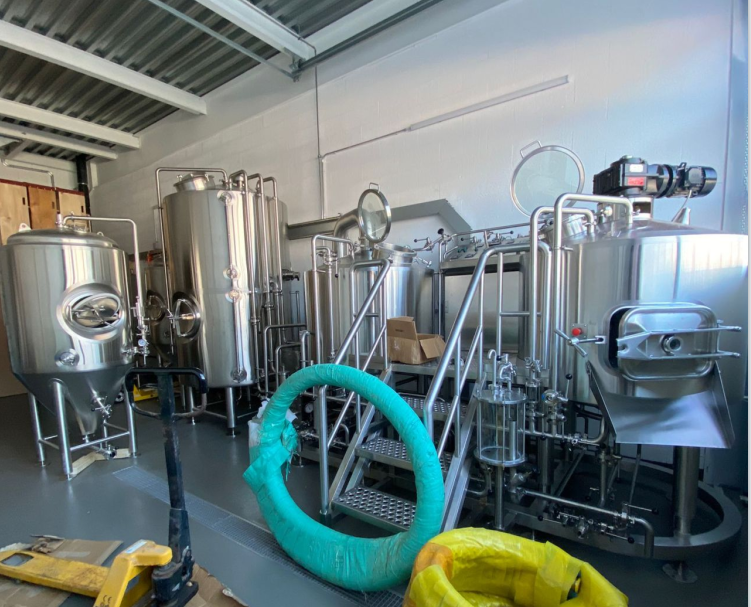
FAQs
Q: How much space do I need for a small brewery?
A: The space needed depends on your production goals, but a typical small brewery might require 2,000 to 5,000 square feet.
Q: Can I start a brewery on a tight budget?
A: Yes, but be prepared to make compromises on automation and capacity. You can start small and scale up as your business grows.
Q: What kind of permits do I need?
A: You’ll need a brewing license, health permits, and possibly zoning permits, depending on your location.
Q: How long does it take to set up a small brewery?
A: Setup can take anywhere from a few months to over a year, depending on the complexity of your project and any customization required.
Q: Can I buy used brewery equipment?
A: Yes, buying used equipment can save money, but be cautious of wear and tear, and ensure the equipment meets current safety standards.
Conclusion
Starting a small brewery is an exciting journey that combines creativity with technical know-how. Investing in the right equipment is a crucial step toward success. By carefully considering your needs, comparing options, and planning your layout, you can create a brewery that not only meets your production goals but also stands out in the competitive craft beer market.

